#indiginous peoples
Explore tagged Tumblr posts
Text
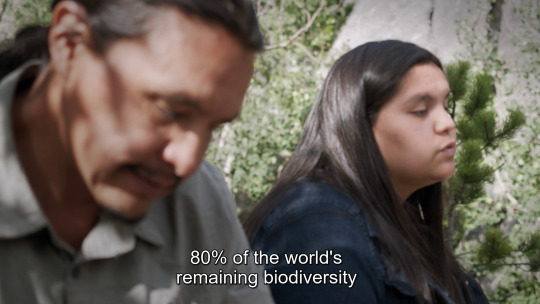
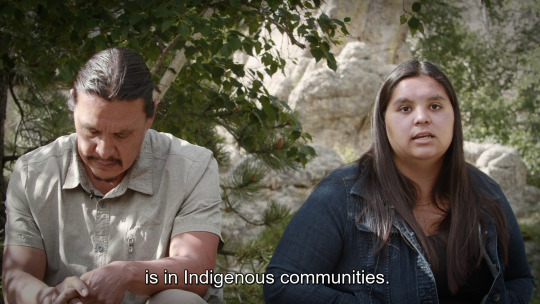

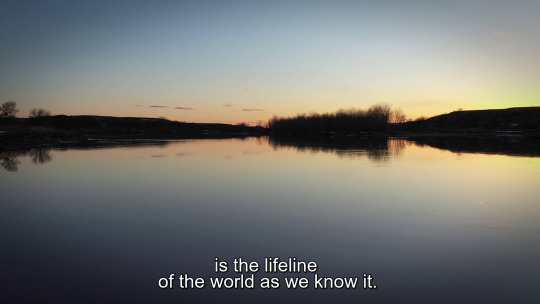
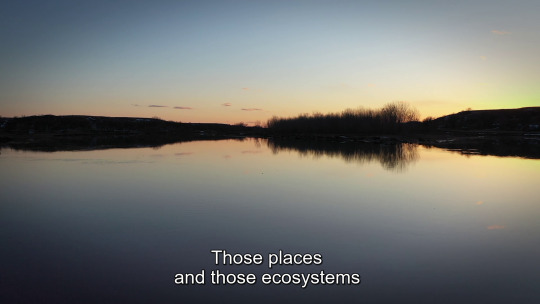
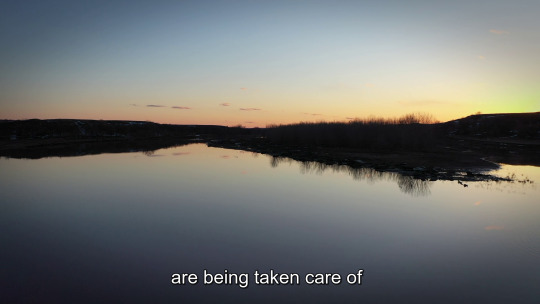





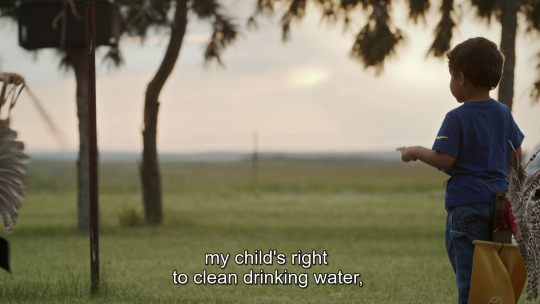

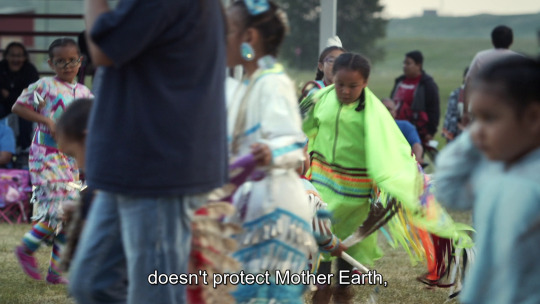
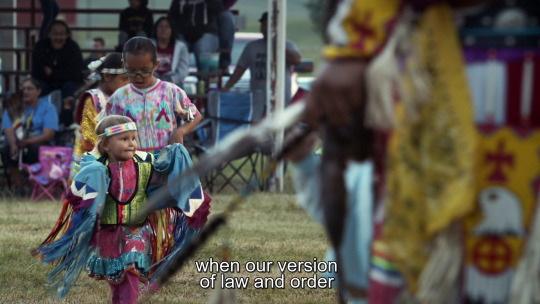

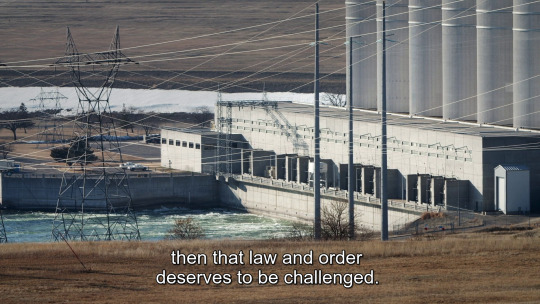
Chase Iron Eyes & Tokata Iron Eyes in Oyate (2022)
#native american#oglala lakota#dapl#indigineous people#indigenous#tokata iron eyes#chase iron eyes#biodiversity#dakota access pipeline
32K notes
·
View notes
Text

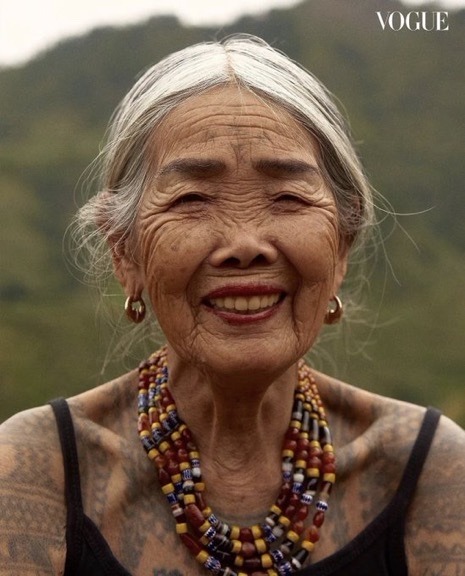




Michelle Dee, Miss Phillipines 2023, wore a dress as a tribute to the last and oldest living Kalinga (Indigenous Filipinos) tattoo artist, Apo Whang Od and her work
#michelle dee#Michelle Marquez dee#Maria Whang Od Oggay#apo whang od#philippines#miss universe#miss universe 2023#filipino#fashion#couture#fashion history#tattoo#indigenous#indigineous people#history#Art history#Vogue#miss Philippines#miss Philippines 2023#mine
10K notes
·
View notes
Text
So my post on Oklahoma making it legal to take indigenous children from their parents without tribal consent is blowing up, and I'm glad people are horrified. But what I need people to know is that this might happen on a national level.
The Supreme Court is debating overturning the Indian Child Welfare Act.
What this act does is give Native American and Alaska Native tribes and nations control over the foster and adoption placement of their children. To overturn it would be to say tribes and nations aren't sovereign, and it would also allow the U.S. government to forcibly assimilate indigenous children into other cultures.
Please:
Spread the word about what is happening.
Read online news articles about this; the more traffic on those articles, the more likely the press is to write more articles.
If there are protests in your area, join them.
If there are indigenous nations or tribes in your area, ask them how you can help.
Donate to indigenous rights organizations like Native American Rights Fund.
Write to your representatives.
If ICWA falls, keep all of the above up. Don't just shrug and think it's over.
8K notes
·
View notes
Text
"In an open-air courtroom set up in a nature reserve in Western NSW, a four-nation clan has secured one of the largest native title claims in the region's history.
Far from the four walls and formalities of a federal courtroom, Justice Melissa Perry delivered her determination at Newey Reserve in Cobar on Wednesday, recognising the native title rights of the Ngemba, Ngiyampaa, Wangaaypuwan and Wayilwan peoples.
The decision marks the successful end of a 12-year legal battle that began in 2012.
The claim covers more than 95,000 square kilometres of land and water from the Barwon River in the north, to the Lachlan River in the south, the Castlereagh River in the east and Ivanhoe to the west.
It recognises native title rights including the right to hunt, fish and gather resources, the right to access and camp on land and right to protect places of cultural and spiritual importance.
A legacy for future custodians
Aunty Elaine Ohlsen, a Ngiyampaa Elder from Cobar and one of the original applicants, said the decision brought her "mixed emotions".
"I just persevered," she said.
"We've been through a lot of trials and tribulations to get here, but I'm someone who won't give up fighting for our people."
"These sorts of things need to happen all the time, because we need to know who we are and where we come from and where we are in this country."
Aunty Elaine hopes the determination will inspire future generations to continue their ancestors' legacy.
"Hopefully, this will encourage them to stay connected to their country, heritage, and culture, and to carry on the hard work we've done," she said.
Vision for the future
Wangaaypuwan man and claim applicant John Shipp recently camped on country with four generations of his family.
He said the recognition of native title meant they could continue to do so without fear of being moved on.
"It's just those little things that give us our connection back to our land, our heritage, our culture," he said.
The native title holders have now formed the Ngemba, Ngiyampaa, Wangaaypuwan Wayilwan Aboriginal Corporation (NNWW Corporation) to manage their rights.
As a director of the NNWW Corporation, Mr Shipp sees the determination as the beginning of a new chapter...
As for Mr Shipp's message to other Indigenous groups fighting for recognition?
"Keep going — it's getting better, it's getting shorter, it's happening, just keep going," he said."
-via ABC News Australia, August 14, 2024
#indigenous#indigineous people#australia#new south wales#land back#indigenous rights#decolonization#first nations#aboriginal#Ngemba#Ngiyampaa#Wangaaypuwan#Wayilwan#good news#hope
990 notes
·
View notes
Text
#māori rights#maori#maori culture#māori queen#leftblr#late stage capitalism#working class#left wing#memes#class war#leftist#news#socialism#indigenous#indigineous people
605 notes
·
View notes
Text

why am i the patterns minority. i am truly so so so bad at drawing patterns sorry
#hatsune miku#brazilian miku#brazilian miku trend#brazilian miku meme#vocaloid miku#artists on tumblr#art#native american#indigineous people#lazy background bcs i jsut got back from the state fair fuck you /lh#neo-negative-generation
664 notes
·
View notes
Text
We often hear that Aboriginal peoples have been in Australia for 65,000 years, "the oldest living cultures in the world." But what does this mean, given all living peoples on Earth have an ancestry that goes back into the mists of time? Our new discoveries, published July 1 in the scientific journal Nature Human Behaviour, shed new light on this question. Under the guidance of GunaiKurnai Elders, archaeologists from the GunaiKurnai Land and Waters Aboriginal Corporation and Monash University excavated at Cloggs Cave near Buchan, in the foothills of the high country near the Snowy River in East Gippsland, Victoria.
Continue Reading.
692 notes
·
View notes
Text

2K notes
·
View notes
Text

#national day of mourning#fuck colonization#fuck colonizers#fuck thanksgiving#thanksgiving is dumb#thanksgiving#native pride#indigineous people#indiginous#captainpirateface#bipolardepression#chemicalimbalance#wtf#captainpiratefacelovesyou#sighthsandsoundsofinstagram#sights and sounds of tumblr
193 notes
·
View notes
Text
Listen up please
This is incredibly important.
The united States government has been trying to remove the protections of native children mainly via possibly overturning the ICWA (Indian Child Welfare Act)
This will allow white families to continue to take native children from their lands their family and their culture just like they did for centuries before the ICWA was passed.
This is both incredibly important and incredibly personal as my family was permanently harmed because of children being taken away from their families.
So please spread awareness about this and I have a link below that you can go to the first Nations website learn more about this and and write a response that they can use about how we should be saving the ICWA
3K notes
·
View notes
Text
Inuktitut by Elisapie
I haven't been this excited to discover an album in months.
Inuktitut is Elisapie's fourth album, and it's nominally a cover album. Except for two differences: It's sung entirely in the Inuit language, and these 'covers' are absolutely brilliant rearrangements. Familiar songs are completely transformed, both through genius reorchestration and subtle changes that make each song sound like it was originally written in Inuit—as if no other language could really be suited for those songs.
Elisapie's vocals deserve plenty of credit too, of course. Her voice is rich and enveloping, but with a certain chilly depth that lends even the lightest of pop songs gravitas.
My favorite song is almost certainly Elisapie's entirely brass take on Pink Floyd's "Wish You Were Here", but every single track stands out and stands alone. Metallica, Fleetwood Mac, Queen, Cyndi Lauper, Led Zeppelin, Blondie—Inuktitut includes and perfectly reappropriates a broad swath of popular music, fearlessly and effortlessly.
I do not know how to recommend this album to you strongly enough. It is a must-listen.
#vaguegrant's music finds#music#bandcamp#music recommendation#indigineous people#first nations#quebec#inuit#elisapie#inuktitut#Bandcamp
966 notes
·
View notes
Text



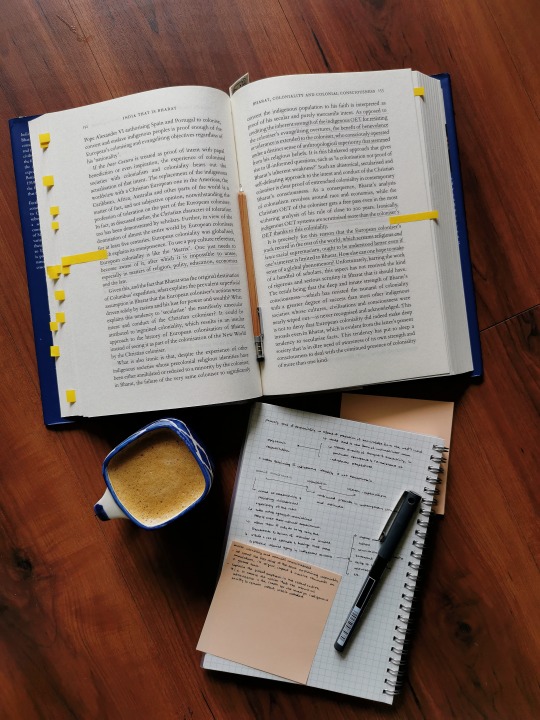
"after all, how can one feel the loss of a thing whose existence one has become unconscious to?"
a wonderful collection of essential and constant truth bombs.
#india that is bharat#j. sai deepak#indian literature#indian history#non fiction#decolonisation#indigineous people#indigenous faith#coloniality and nature#indian academia#booklr#studyblr#notes#long reads#coffee#dark academia#light academia#desiblr#study blog#book photography#vsco
1K notes
·
View notes
Text
“...It’s not about property. It’s not about a barbed wire fence, something that’s ‘this is mine, this is yours.’ It’s fundamentally looking at land as something that you are a part of and hold a responsibility to look after.” -Jesse ShortBull
928 notes
·
View notes
Text
Interior Department Announces New Guidance to Honor and Elevate Hawaiian Language

"In commemoration of Mahina ʻŌlelo Hawaiʻi, or Hawaiian Language Month, and in recognition of its unique relationship with the Native Hawaiian Community, the Department of the Interior today announced new guidance on the use of the Hawaiian language.
A comprehensive new Departmental Manual chapter underscores the Department’s commitment to further integrating Indigenous Knowledge and cultural practices into conservation stewardship.
“Prioritizing the preservation of the Hawaiian language and culture and elevating Indigenous Knowledge is central to the Biden-Harris administration's work to meet the unique needs of the Native Hawaiian Community,” said Secretary Deb Haaland. “As we deploy historic resources to Hawaiʻi from President Biden’s Investing in America agenda, the Interior Department is committed to ensuring our internal policies and communications use accurate language and data."
Department bureaus and offices that engage in communication with the Native Hawaiian Community or produce documentation addressing places, resources, actions or interests in Hawaiʻi will use the new guidance on ‘ōlelo Hawaiʻi (Hawaiian language) for various identifications and references, including flora and fauna, cultural sites, geographic place names, and government units within the state. The guidance recognizes the evolving nature of ‘ōlelo Hawaiʻi and acknowledges the absence of a single authoritative source. While the Hawaiian Dictionary (Pukui & Elbert 2003) is designated as the baseline standard for non-geographic words and place names, Department bureaus and offices are encouraged to consult other standard works, as well as the Board on Geographic Names database.
Developed collaboratively and informed by ʻōlelo Hawaiʻi practitioners, instructors and advocates, the new guidance emerged from virtual consultation sessions and public comment in 2023 with the Native Hawaiian Community.
The new guidance aligns with the Biden-Harris administration’s commitment to strengthening relationships with the Native Hawaiian Community through efforts such as the Kapapahuliau Climate Resilience Program and Hawaiian Forest Bird Keystone Initiative. During her trip to Hawaiʻi in June, Secretary Haaland emphasized recognizing and including Indigenous Knowledge, promoting co-stewardship, protecting sacred sites, and recommitting to meaningful and robust consultation with the Native Hawaiian Community."
-via US Department of the Interior press release, February 1, 2024
--
Note: I'm an editor so I have no idea whether this comes off like as big a deal as it potentially is. But it is potentially going to establish and massively accelerate the adoption of correctly written Native Hawaiian language, as determined by Native Hawaiians.
Basically US government communications, documentations, and "style guides" (sets of rules to follow about how to write/format/publish something, etc.) can be incredibly influential, especially for topics where there isn't much other official guidance. This rule means that all government documents that mention Hawai'i, places in Hawai'i, Hawaiian plants and animals, etc. will have to be written the way Native Hawaiians say it should be written, and the correct way of writing Hawaiian conveys a lot more information about how the words are pronounced, too, which could spread correct pronunciations more widely.
It also means that, as far as the US government is concerned, this is The Correct Way to Write the Hawaiian Language. Which, as an editor who just read the guidance document, is super important. That's because you need the 'okina (' in words) and kahakō in order to tell apart sizeable sets of different words, because Hawaiian uses so many fewer consonants, they need more of other types of different sounds.
And the US government official policy on how to write Hawaiian is exactly what editors, publishers, newspapers, and magazines are going to look at, sooner or later, because it's what style guides are looking at. Style guides are the official various sets of rules that books/publications follow; they're also incredibly detailed - the one used for almost all book publishing, for example, the Chicago Manual of Style (CMoS), is over a thousand pages long.
One of the things that CMoS does is tell you the basic rules of and what specialist further sources they think you should use for writing different languages. They have a whole chapter dedicated to this. It's not that impressive on non-European languages yet, but we're due for a new edition (the 18th) of CMoS in the next oh two to four years, probably? Actually numbering wise they'd be due for one this year, except presumably they would've announced it by now if that was the case.
I'm expecting one of the biggest revisions to the 18th edition to add much more comprehensive guidance on non-Western languages. Considering how far we've come since 2017, when the last one was released, I'll be judging the shit out of them if they do otherwise. (And CMoS actually keep with the times decently enough.)
Which means, as long as there's at least a year or two for these new rules/spellings/orthographies to establish themselves before the next edition comes out, it's likely that just about every (legit) publisher will start using the new rules/spellings/orthographies.
And of course, it would expand much further from there.
#don't ask me about the magazine and newspaper half of this#bc I do Not know AP style#except the differences I'm annoyed at lol#ap doesn't respect the oxford comma#hawaii#hawaiʻi#language#orthography#linguistics#language stuff#hawaiian#native hawaiian#united states#publishing#book publishing#indigenous#indigineous people#indigenous languages#language revitalization#language resources#editorial
419 notes
·
View notes

